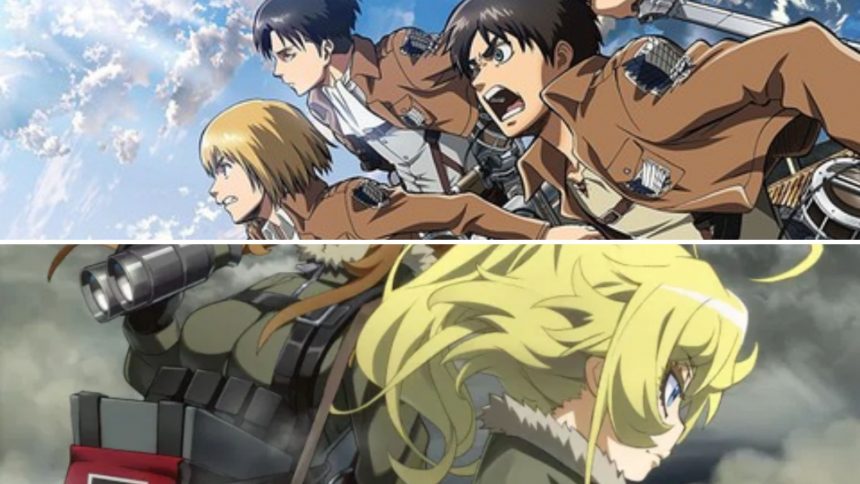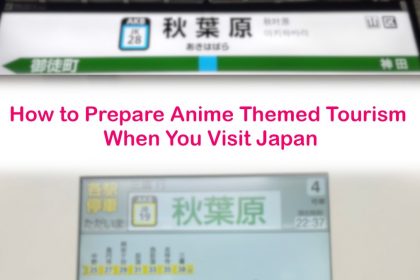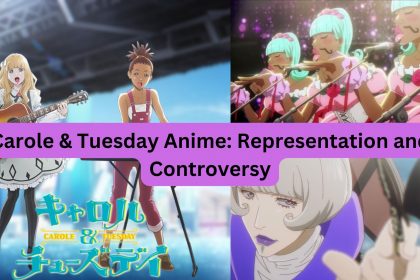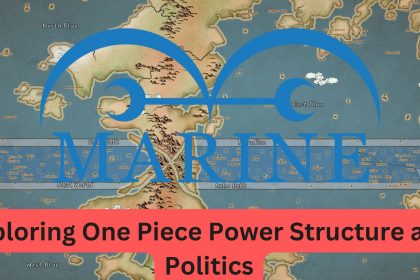Anime and manga have become an integral part of popular culture, captivating audiences around the globe with their unique storytelling and captivating visuals. These Japanese mediums have the power to transport viewers and readers to fantastical worlds, but they also excel in representing real-world themes and issues. One such theme that has been extensively explored in anime and manga is war and conflict. In this article, we delve into the portrayal of war and conflict in anime and manga, examining the artistic techniques, narrative themes, and cultural impact associated with this genre.
Historical Context of War and Conflict in Anime and Manga
To understand the portrayal of war and conflict in anime and manga, it is essential to consider the historical context of Japan. Following World War II, Japan experienced a period of post-war recovery, during which the nation grappled with the consequences of war. This collective trauma influenced the storytelling in anime and manga, with early examples such as “Astro Boy” and “Gundam” addressing the devastating effects of war. Over time, the medium evolved, reflecting changing attitudes and narratives surrounding war and conflict.
Themes and Motifs in War and Conflict Anime and Manga
A distinguishing feature of war and conflict anime and manga is their ability to explore complex themes and motifs. One prevalent theme is the humanization of the enemy. Instead of portraying a simplistic “good vs. evil” scenario, these mediums delve into the lives and motivations of characters on both sides of the conflict. By highlighting the shared humanity and the intricate web of circumstances that lead to conflict, anime and manga promote empathy and understanding among viewers and readers.
Another significant theme is the impact of war on society and individuals. Anime and manga offer a platform to examine the psychological effects of war, showcasing the emotional toll it takes on characters. These narratives also serve as a reflection of societal and political issues, tackling topics such as nationalism, government corruption, and the consequences of violence. By portraying the aftermath of conflict and the struggles faced by individuals, war and conflict anime and manga provide a nuanced exploration of the human condition.
Coming of Age Theme
Coming of age and personal growth are frequently depicted in war and conflict anime and manga. Protagonists are thrust into the chaos of war, and their journeys become catalysts for their development. Through these narratives, viewers and readers witness the transformation of characters from naive and inexperienced individuals to resilient and mature individuals. War becomes a backdrop for self-discovery, challenging protagonists to navigate moral dilemmas andmake difficult choices in the face of adversity.
Additionally, ethical dilemmas and moral ambiguity are often explored in war and conflict anime and manga. These narratives present characters with challenging situations where there are no clear-cut answers. By confronting moral gray areas, these stories encourage viewers and readers to question the justifiability of violence and the complexities of war. This introspective approach fosters critical thinking and a deeper understanding of the ethical implications of armed conflicts.
Artistic Techniques and Visual Representation of War in Anime
The artistic techniques employed in war and conflict anime and manga play a crucial role in conveying the intensity and emotion of war. Animation allows for dynamic action sequences, showcasing battles and combat with fluidity and impact. The visual representation of war often incorporates symbolism and metaphors, adding layers of meaning to the narrative. For example, the use of contrasting colors can represent the clash between opposing forces, while visual motifs like cherry blossoms can symbolize the transience of life in the midst of war.
The visual style of anime and manga also contributes to the storytelling and emotional resonance. The character designs, settings, and overall aesthetics enhance the immersion and create a distinct atmosphere. Whether it’s the gritty and realistic approach of war dramas or the fantastical and exaggerated visuals of mecha anime. The artistic choices in these mediums deepen the impact of war and conflict narratives.
Cultural Significance and Impact
War and conflict anime and manga have had a significant cultural impact, both in Japan and around the world. These mediums have the power to shape public perception and discourse on war-related topics. By presenting nuanced perspectives and exploring the human side of conflicts, anime and manga broaden the understanding of war beyond mere aggression and violence. They contribute to the collective memory of historical events and serve as a reminder of the consequences of war.
Furthermore, the global reach and popularity of anime and manga have allowed these narratives to resonate with diverse audiences. Through the portrayal of war and conflict, these mediums transcend cultural boundaries. Fostering empathy and understanding among people from different backgrounds. They serve as a bridge for cultural exchange and provide a platform for discussing shared human experiences.
Controversies and Critiques
While war and conflict anime and manga have garnered widespread acclaim, they have not been without controversies and critiques. One common debate revolves around the potential glorification or romanticization of war. Some argue that the intense action and heroism portrayed in these mediums can trivialize the harsh realities of armed conflicts. It is essential to approach war and conflict narratives critically. Recognizing the potential for unintended consequences and the need for responsible storytelling.
There have also been accusations of historical revisionism or insensitivity in certain war and conflict anime and manga. The reinterpretation of historical events or the portrayal of real-world conflicts in a fictional context can be a sensitive topic. It is crucial to approach these narratives with cultural sensitivity and respect for historical accuracy. Keeping in mind the potential impact they may have on individuals and communities.
Future Trends and Emerging Themes
Looking ahead, war and conflict anime and manga are likely to continue evolving and exploring new perspectives. As technology advances, we can expect to see the incorporation of futuristic settings. And the exploration of the impact of technology on warfare. Additionally, contemporary issues such as cyber warfare, terrorism. And political unrest may find their way into these narratives. Reflecting the ever-changing global landscape. The medium’s ability to adapt and address current challenges ensures. That war and conflict anime and manga remain relevant and thought-provoking.
Conclusion
In conclusion, the portrayal of war and conflict in anime and manga offers a unique and compelling perspective on a complex subject. Through their artistic techniques, narrative themes, and cultural impact. These mediums have the power to humanize the enemy, explore the consequences of war. And challenge our understanding of morality. While controversies and critiques exist, it is important to approach war. And conflict anime and manga with a critical mindset and an appreciation for responsible storytelling. As the medium continues to evolve, it will undoubtedly shape our understanding of war and conflict. Fostering empathy, introspection, and a deeper appreciation for the human experience.













